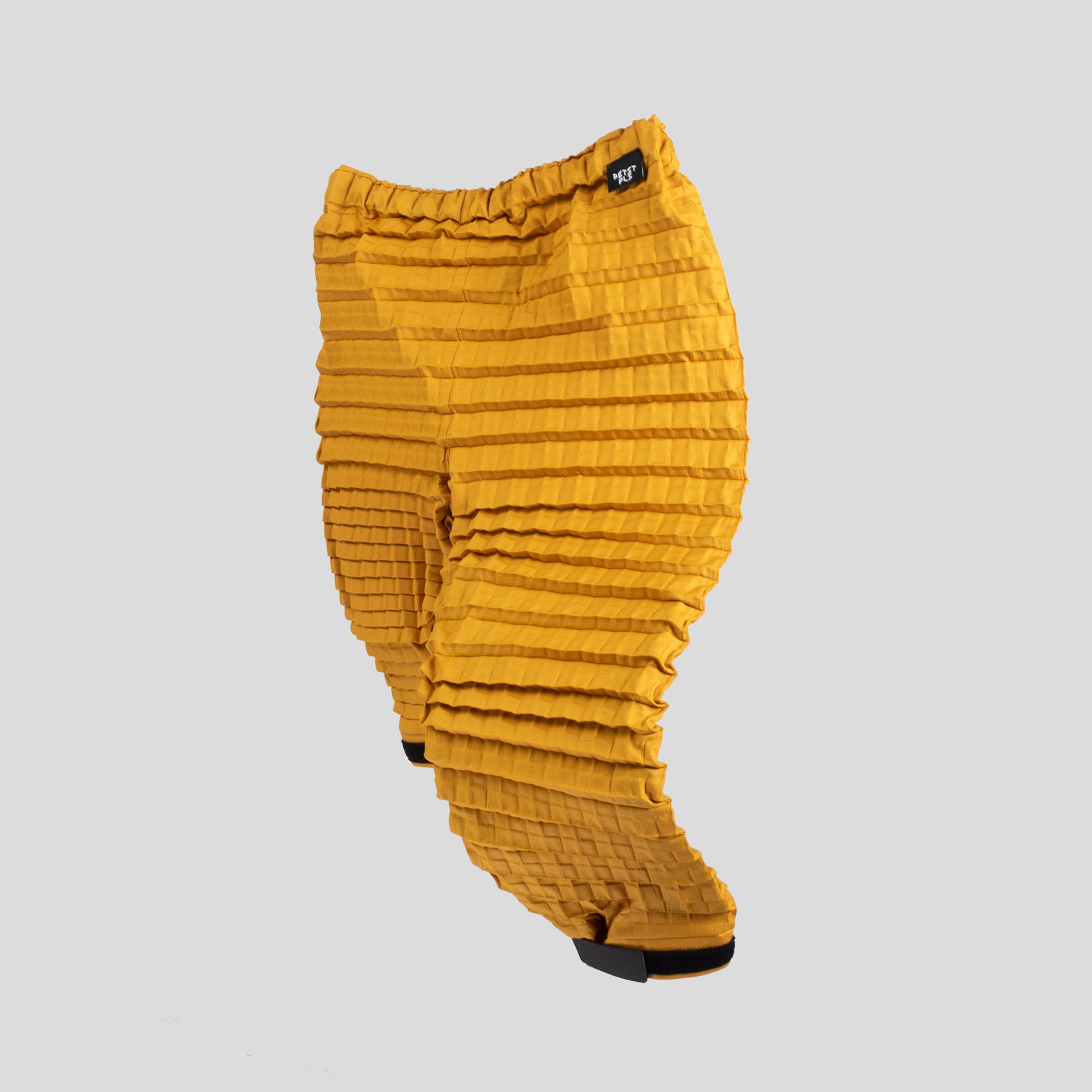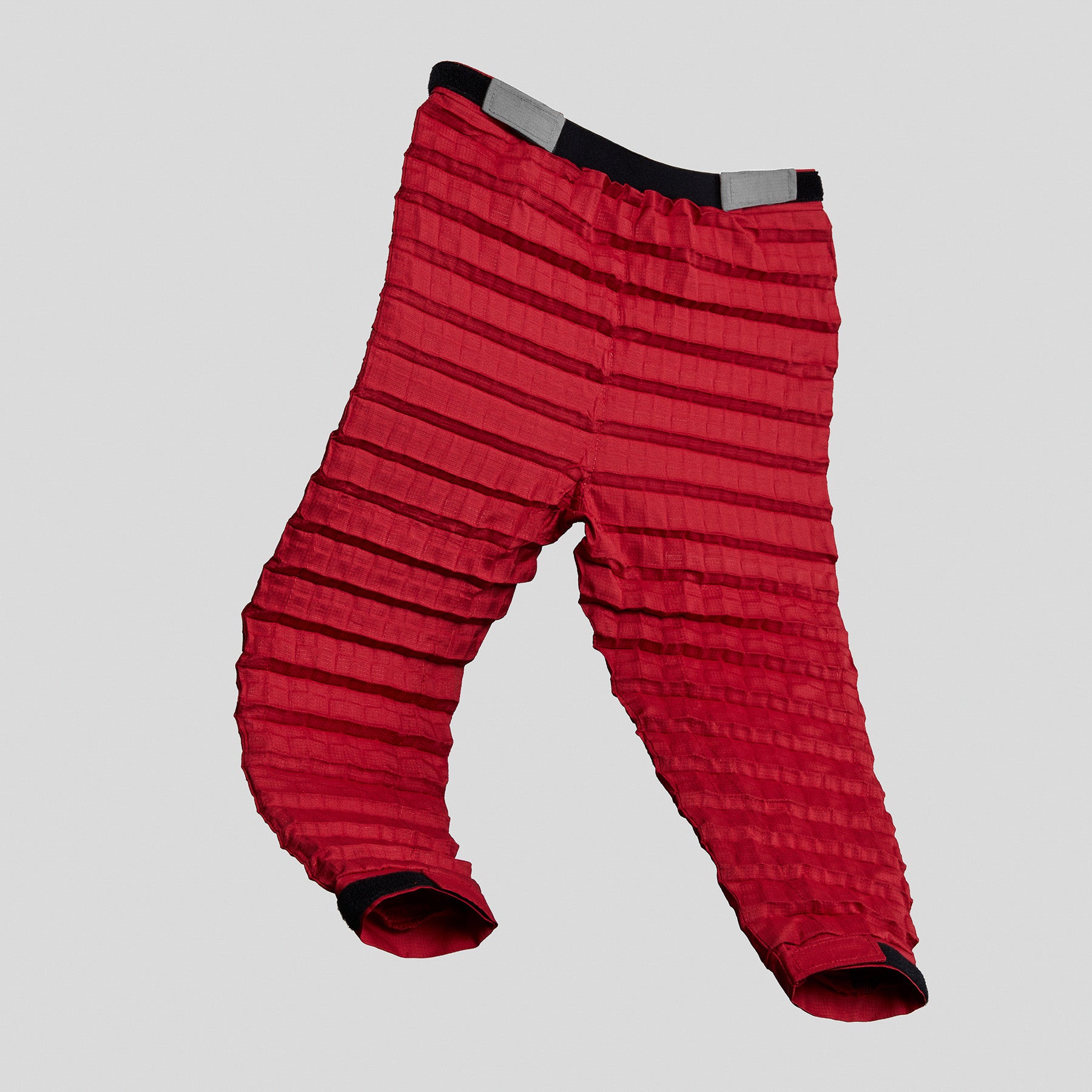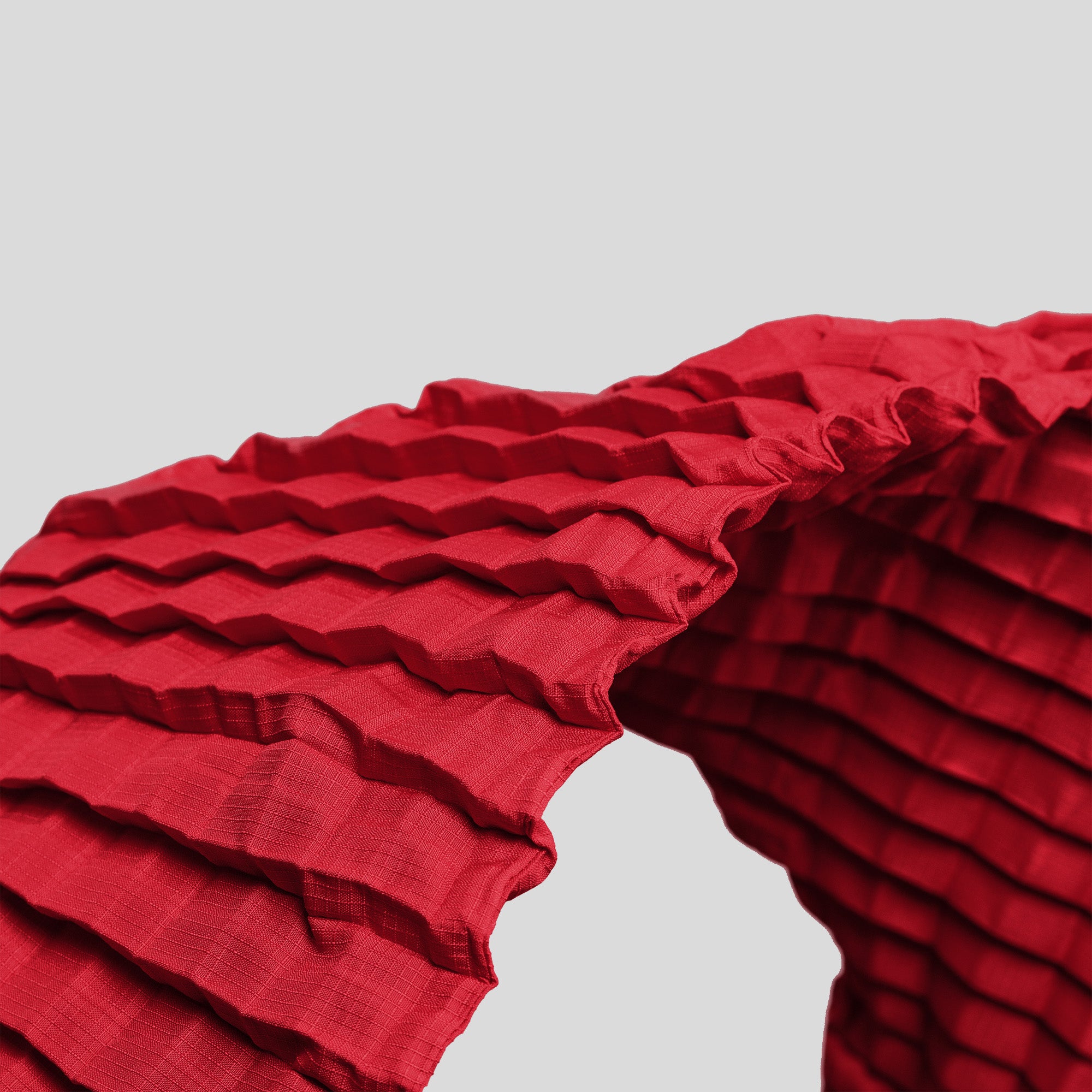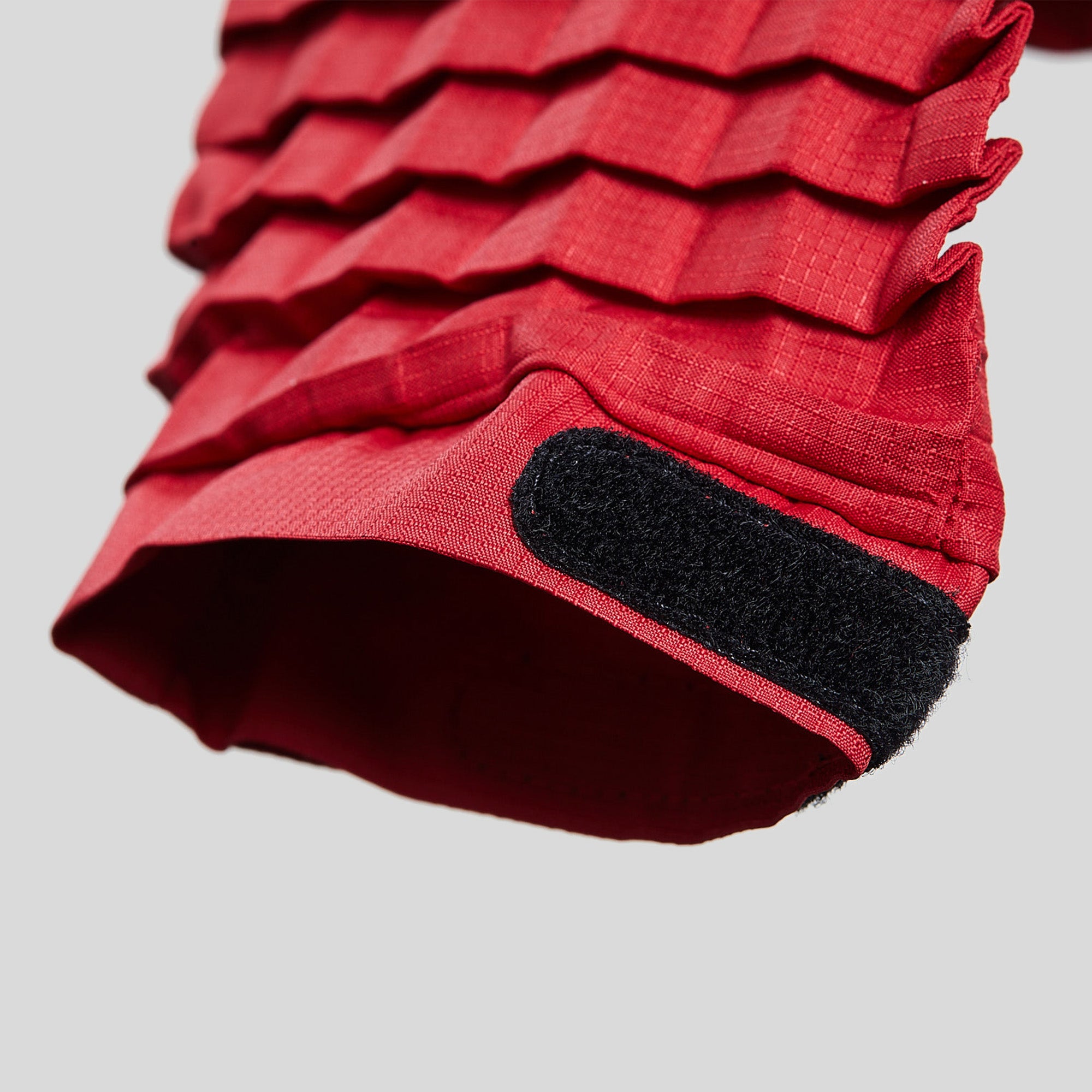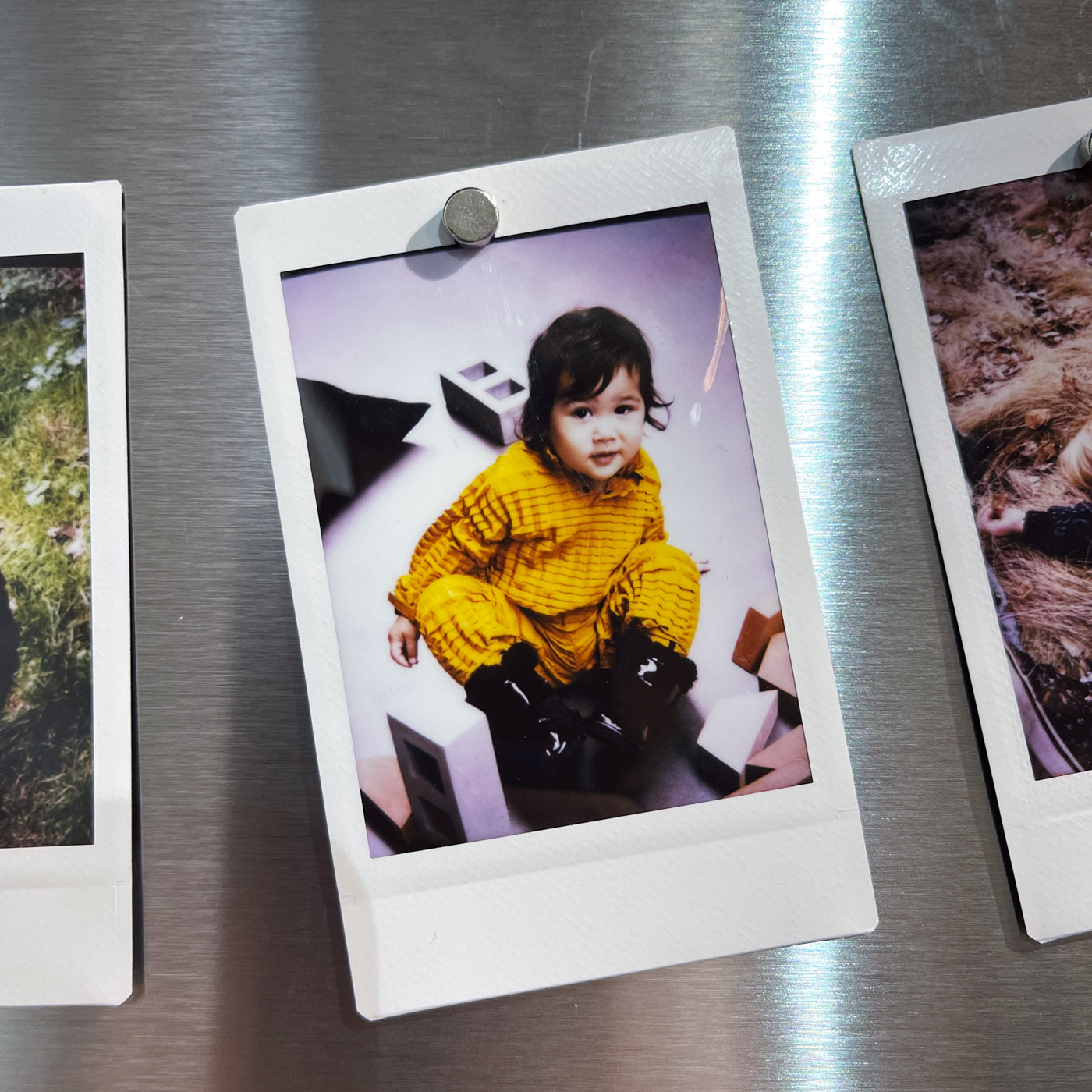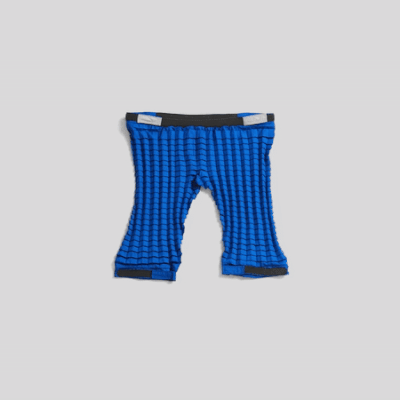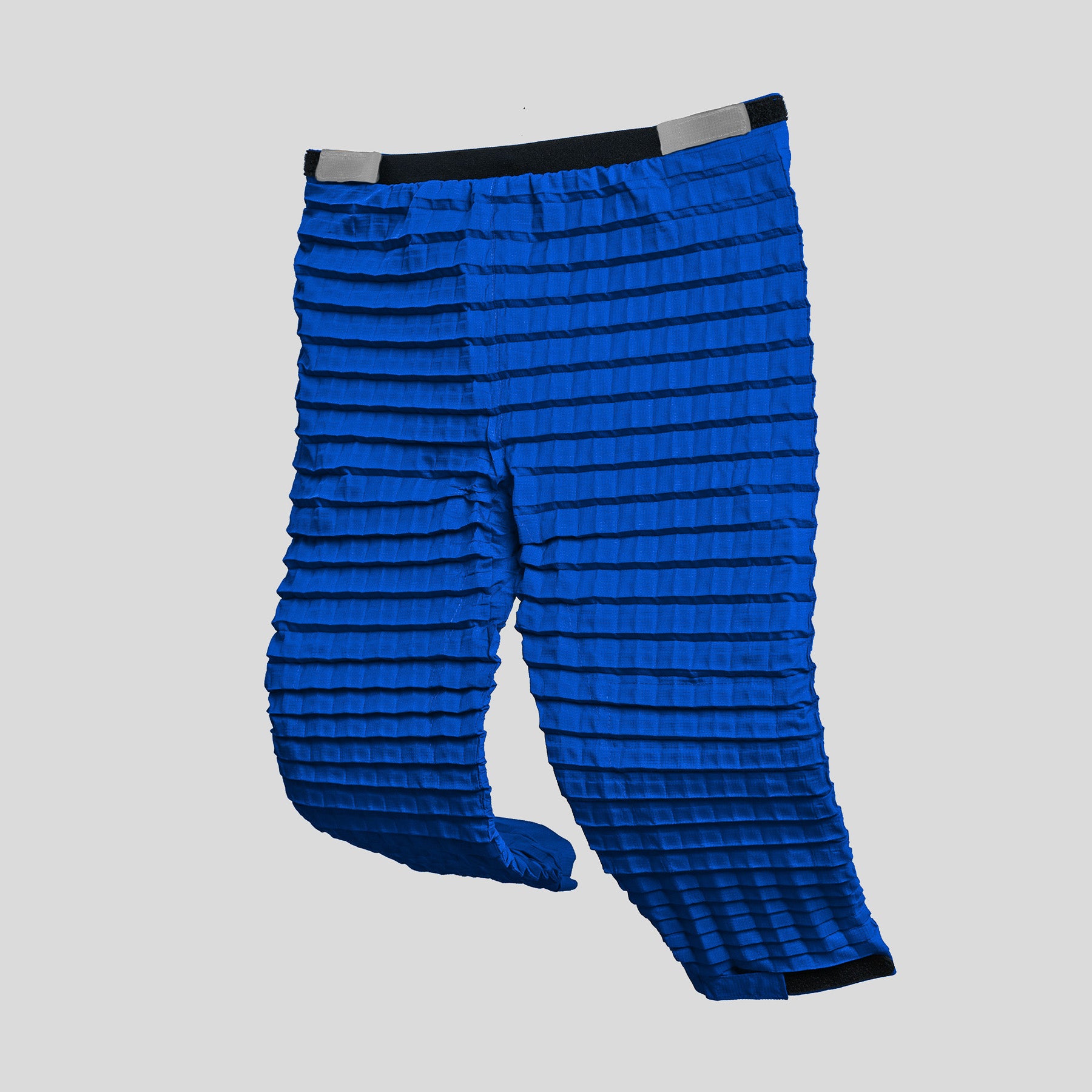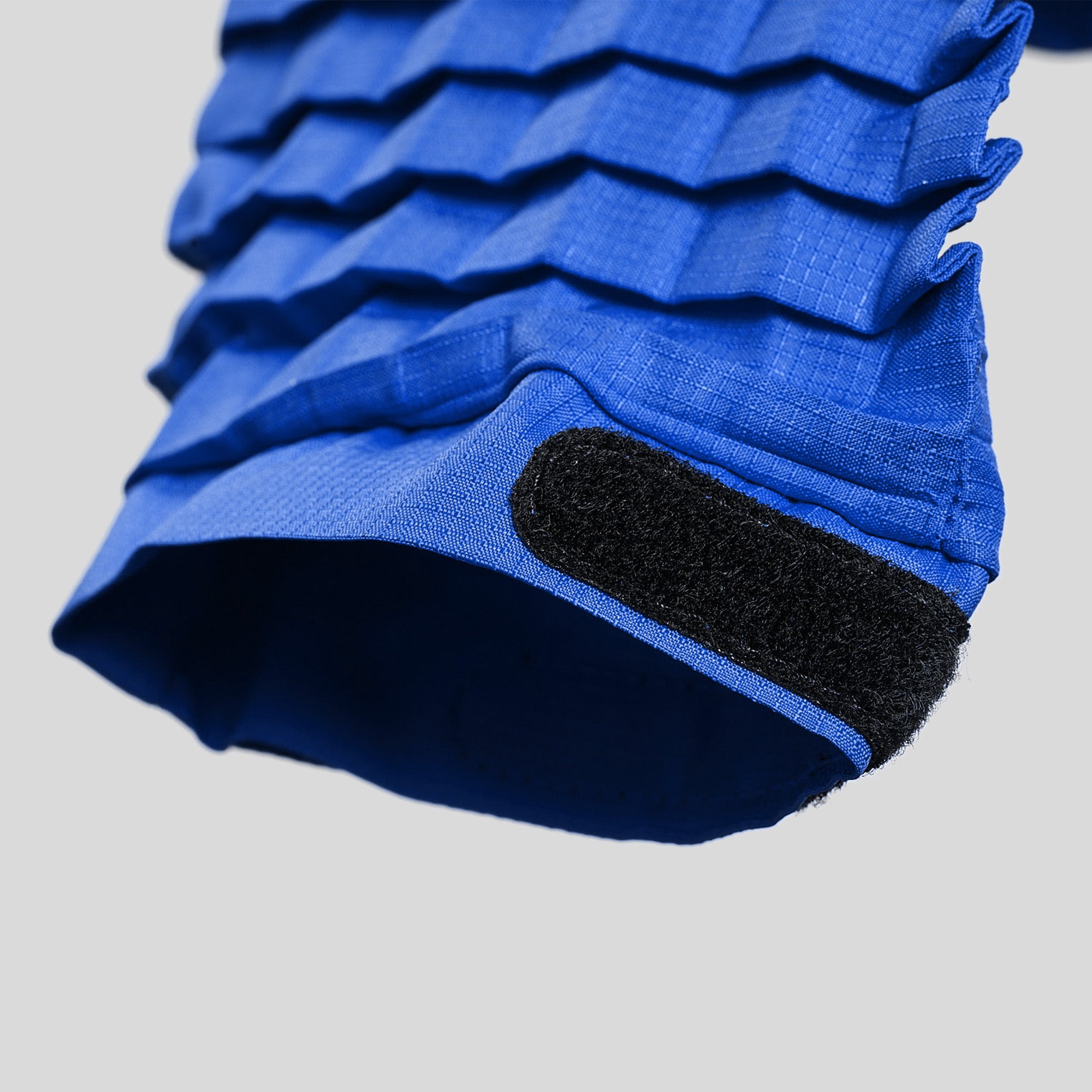
Sizing Challenges for Kids' Clothing: Understanding Growth Spurts
Understanding the Impact of Growth Spurts
It's an established truth that no two children are the same, especially when it comes to how they experience growth spurts, making the task of finding the perfect fit in kids' clothing an ever-present challenge for parents and caretakers.
One of the primary reasons behind this challenge is the unpredictable nature of children's growth rates - which is a dynamic process. They grow rapidly during early childhood and then again during puberty. The way kids grow, too, is a complex system of hormones and plates. Unlike trees, which grow from root to end, our bones must grow inside out.
However, the pace and timing of these growth spurts can vary greatly from one child to another. These sudden sizing challenges can lead to a wardrobe full of clothes that no longer fit, causing the need to replace the old with the new, and resulting in discarded garments.
Highlighting the Environmental Consequences of Returns
Children's clothing returns have far-reaching environmental implications that often go overlooked. When kids outgrow their clothes in the blink of an eye, it leads to a higher rate of returned items. These returns create a concerning carbon footprint. When items are returned, they usually go through rigorous quality control procedures.
These seemingly innocuous practices significantly contribute to carbon dioxide emissions and water wastage. Plus, returned items are sometimes deemed unsellable due to wear and tear, which forces manufacturers to discard them as waste. This waste, which could have been otherwise avoided, adds to the existing pollution crisis and contributes to the ever-mounting waste in landfills, which is far from an eco-friendly scenario.
Understanding children's growth rates and the resulting sizing challenges is essential not only for your child's comfort but also to address the hidden environmental consequences.
So, what's the solution to this issue, you might ask? Petit Pli has a groundbreaking approach to tackle these challenges with innovative sizing solutions that harmonise with children's growth spurts while upholding the values of sustainability and style. Delve into the science behind children's growth spurts and clothing fit and explore how Petit Pli is helping parents understand and overcome sizing challenges in kids' clothing during these significant phases of growth.
Why Kids Grow at Different Rates

Understanding children's growth rates is fundamental to addressing the challenges of finding the right size for children's clothing. Kids grow at different rates due to a multitude of factors. Genetics play a significant role in determining a child's growth potential. Therefore, two children of the same age can exhibit contrasting growth patterns depending on their family history.
Hormones also contribute to the variation in growth rates. The growth hormone, in particular, has a substantial impact on a child's physical development. For those, like us, that love science, here's the lowdown: each bone has specialised growth centres, which is the growth plate, and the cells in these plates produce and distribute cartilage, which then calcifies and transforms into hard bone, extending the length of the plate. Pretty neat, right!
Nutrition and health further influence children's growth rates. A well-balanced diet and good health can lead to more consistent and predictable growth. Furthermore, external environmental factors, such as living conditions and access to healthcare, also play a part in shaping a child's growth pattern.
The Impact of These Growth Rates on Clothing Sizing
As children's growth rates differ significantly, it becomes apparent how challenging it is to find the right size for children. A garment that fits perfectly one day may become too tight or short within weeks, leading to constant wardrobe turnover. This predicament increases the number of clothing items discarded and further contributes to the problem of excessive waste in the fashion industry.
Children experiencing rapid growth phases require larger sizes, but it's challenging to predict the exact size they'll be in the near future. As a result, parents often have to guess the right size or frequently purchase new clothes.
Petit Pli recognizes the significance of these sizing challenges and is committed to finding solutions that consider the varying growth rates in children. Through our innovative designs and adaptable garments, we aim to alleviate the struggles faced by parents and make sure kids have comfortable and stylish clothing that can accommodate their ever-changing sizes. Each of our garments grows through seven sizes which aims to simplify the size-choosing process while reducing waste!
The CO2 Impact of Clothing Returns
One significant environmental consequence of inaccurate sizing in children's clothing is the surge in carbon dioxide (CO2) emissions due to excessive returns. The clothing industry's complex supply chain, which involves manufacturing, shipping, and return processes, contributes to its carbon footprint. When parents purchase clothes that do not fit their children, they often return these items to the retailer. The return journey of these products back to the retailer or manufacturer results in additional transportation emissions.
Moreover, once the returned clothing items reach their destination, many of them are deemed unsellable in their returned state due to potential wear and tear. Consequently, these clothing items are typically discarded, leading to even more waste. In addition to the CO2 emissions generated by the return process itself, discarded clothing items exacerbate the environmental impact.
Importance of Addressing the Environmental Footprint

Francois Le Nguyen via Unsplash
Addressing the environmental consequences of inaccurate sizing is crucial in reducing the environmental impact of returns. Kids apparel alone results in 180 million items of clothing ending up in landfills. These issues can no longer be overlooked in an era when climate change and environmental sustainability are at the forefront of global concerns. It is not merely a matter of eliminating waste; it is about lessening the substantial environmental footprint associated with the clothing industry.
Acknowledging these issues highlights the significance of developing children's clothing that accommodates growth spurts and minimises unnecessary returns. Petit Pli takes these concerns to heart and is dedicated to providing solutions that help parents find the right size for their children without contributing to the environmental issues caused by inaccurate sizing. Our commitment to sustainability drives our innovative approach to clothing design, aimed at reducing the carbon footprint in the fashion industry.
Understanding How Petit Pli Tackles Sizing Challenges
Petit Pli takes the issue of sizing challenges in children's clothing to heart and has developed innovative solutions to address this common problem. By focusing on adaptability and sustainable practices, Petit Pli has revolutionised children's fashion, winning awards from likes of Dyson, Dezeen and Red Dot.
Our commitment to providing Petit Pli solutions stems from understanding the difficulties parents face when trying to find the right size for their children during those critical periods of growth. We recognise that addressing these challenges not only benefits families but also significantly contributes to reducing clothing returns, an essential step in creating a more sustainable future.
Sustainable Clothing for Growing Kids
Our approach to tackling sizing challenges goes beyond just providing a temporary fix. We have crafted a range of children's fashion that is as adaptable as it is stylish. Our innovative designs cater to the changing needs of children, ensuring that they remain comfortable and fashionable throughout their growth spurts.
Petit Pli's commitment to reducing clothing returns aligns with our dedication to sustainability, and we believe that sustainable children's fashion is an integral part of the solution. Our designs prioritize long-term use, lessening the need for frequent replacements and significantly reducing the environmental impact associated with disposable clothing.
Petit Pli's sustainable children's clothing is a reflection of our vision for a greener and more sustainable future. The future of children's fashion rests on embracing the concept of sustainable kids' fashion and rethinking the way we approach clothing for the little ones in our lives. We believe that the future of children's fashion lies in adopting more sustainable practices, and we are excited to be at the forefront of this shift.
In our mission to promote reducing waste in children's fashion, Petit Pli encourages parents and caregivers to make sustainable choices when it comes to their little ones' clothing. By choosing adaptable and long-lasting designs like Petit Pli, parents can actively contribute to sustainable kids' fashion while ensuring their children stay comfortable during growth spurts.
We envision a future where parents, children, and the environment can all benefit from sustainable fashion choices. Petit Pli is here to support this vision, providing not just clothing but a promise of a greener and more sustainable future for children everywhere.
